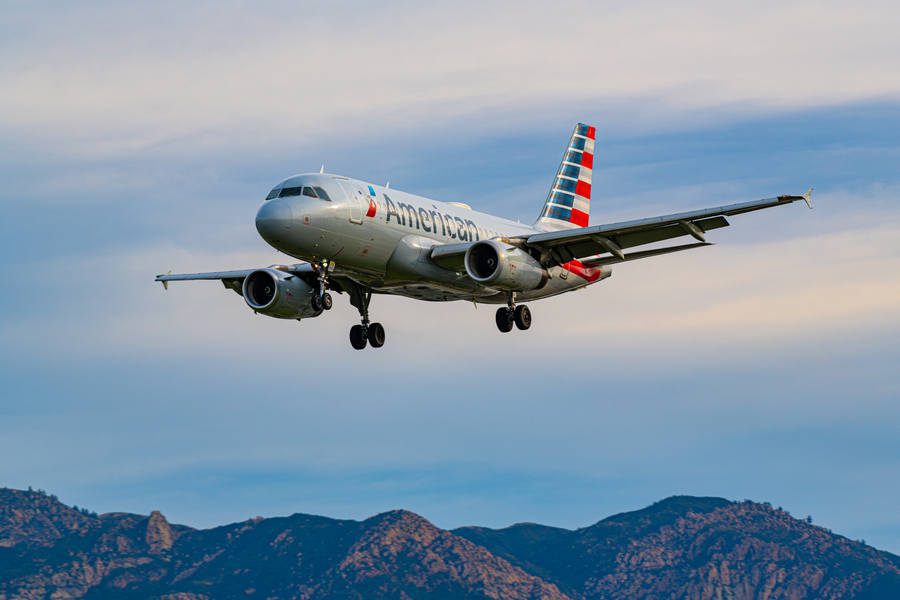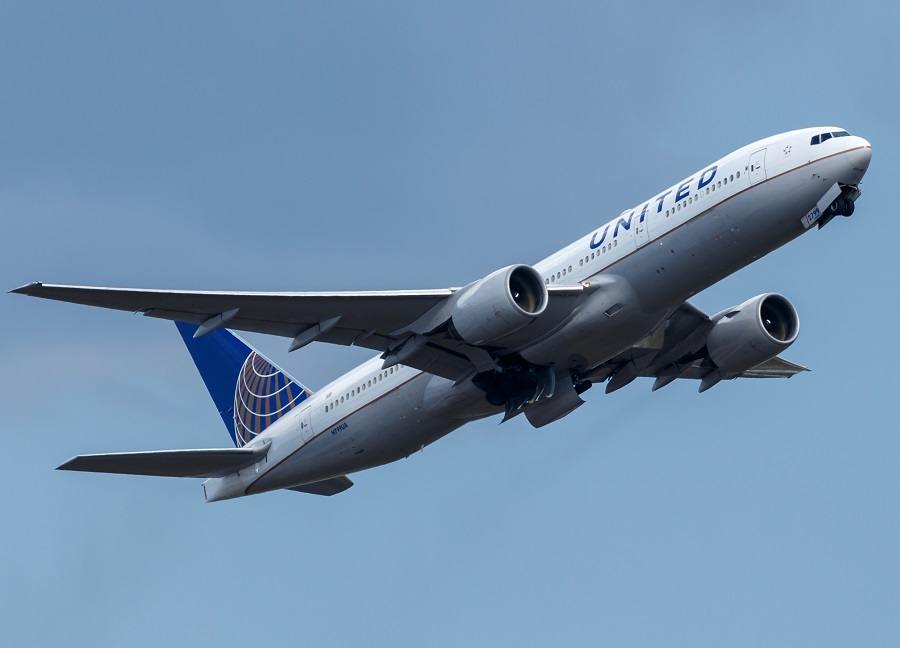The FAA (Federal Aviation Administration) has now cleared a number of radio altimeters for use in low-visibility landings, near 5G antennas.
The 5G rollout in the United States has become a dramatic affair, as we have already seen. With the frequencies for 5G C-Band and aircraft radio altimeters at close proximity, there were some doubts that aircraft could continue to operate in low-visibility conditions. Because of this, earlier this month the FAA started issuing NOTAMs, restricting low-visibility landings in airports with 5G masts. For more detail, go HERE.

At the same time, the agency began testing actual, existing radio altimeters. Working out exactly how to do this testing was in itself a matter of study, for some time. AT&T and Verizon then agreed not to activate 500 5G towers near airports, for some more time. Before this, these towers would have come online on the 19th of January.
FAA Testing Radio Altimeters Against 5G
But two days before that, the FAA cleared two popular radio altimeter models for use around 5G transmissions. These two radio altimeters accounted for around 45% of all commercial aircraft operating in the United States. This was a good first step, but obviously, more was needed. In the following days, the FAA checked out and approved more radio altimeters, for the new 5G environment.

The agency has now issued approvals to a total of 20 radio altimeters. And these account for 90% of all US commercial aviation. In terms of actual aircraft, the approvals cover all Boeings, all Airbuses and all remaining MD-10/11 freighters. They also cover a number of regional aircraft, like the Embraer 120, 170 and 190 models and all Bombardier/Mitsubishi CRJs. Finally, the FAA approvals cover all Dash-8 and ATR turboprops for low-visibility landings around 5G masts.
Perhaps the only aircraft not specifically mentioned is the Embraer ERJ-135/140/145. But this doesn’t mean that all other aircraft have approved radio altimeters in them. In any case, it is interesting to note that the list covers a number of surprisingly old aircraft. The issue is that radio altimeters need to filter out possible interference from nearby frequencies. So for many, the expectation was that newer planes would get FAA approvals near 5G sources, first. This wasn’t the case.

Moving Ahead?
On the contrary, the FAA addressed issues that aircraft like the 777 and 747-8 might have, due to 5G transmissions. As we saw, these aircraft use their radio altimeters in more complicated ways. For instance, the radio altimeter can confirm that the plane has landed. This is a separate issue. The implication here was that these aircraft could have issues even when making other (i.e. non-autoland) approaches.
However, the FAA has set alternative means of compliance for crews operating these aircraft near possible 5G interference. So these aircraft should be able to continue operating normally. Nonetheless, this “detail” highlights the complexity of these systems, and how difficult introducing changes would be, at short notice.

On the 3rd of February, the head of the FAA will testify in the US House of Representatives, regarding this 5G rollout. There will also be representatives of airline bodies, as well as the FCC and telecom companies. It will be interesting to see the testimonies and opinions that will come out of this hearing.
On the one hand, the FAA should argue that they are always taking a zero-risk approach to safety. But the FAA’s relatively quick (?) approvals of 5G-capable radio altimeters, could bring a lack of sympathy from the FCC. So this could be one to watch!



